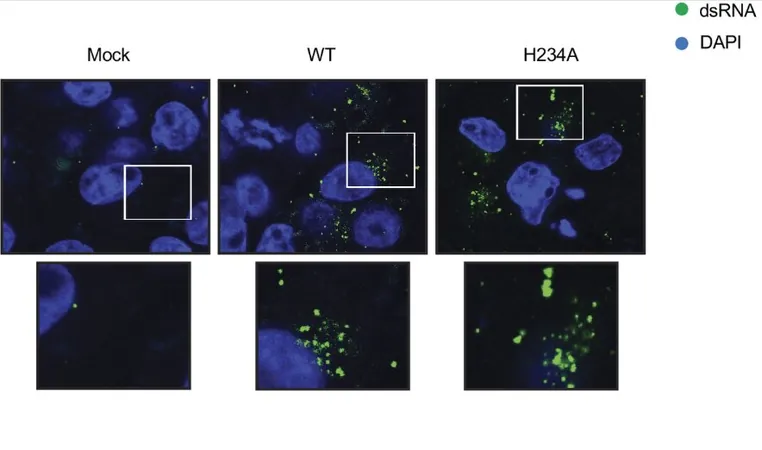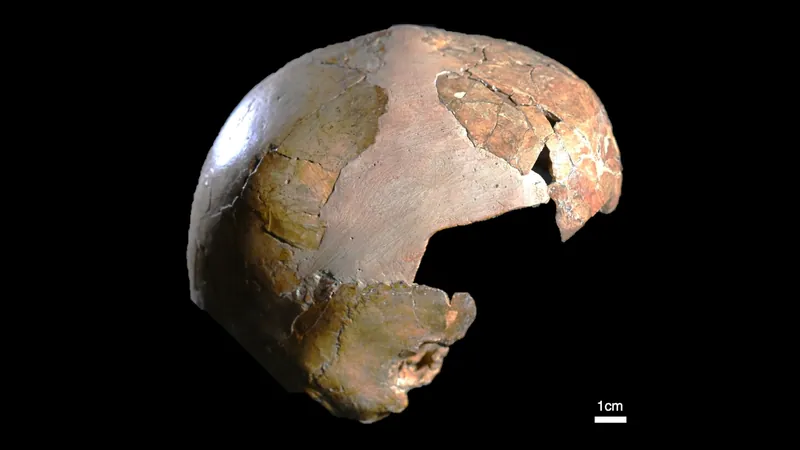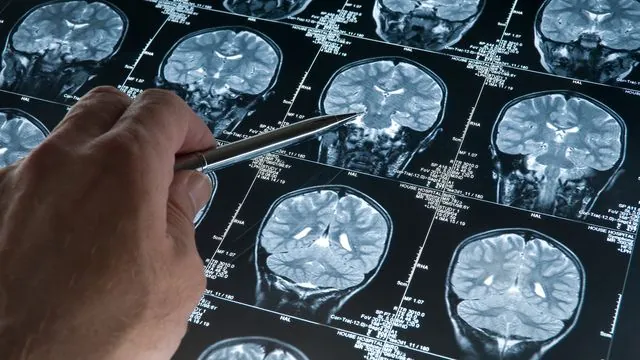
Groundbreaking Discovery: How SARS-CoV-2 Outsmarts Your Immune System!
2025-06-12
Author: Mei
The Virus vs. Your Body: The Ongoing Battle
The human body is equipped with a remarkable immune system designed to fend off viral infections. However, for a virus like SARS-CoV-2—the agent behind COVID-19—success hinges on its ability to outsmart these defenses. To achieve this, SARS-CoV-2 has evolved a clever arsenal of proteins, often referred to as "virulence factors," that enable it to evade our immune responses and flourish within our cells.
Scientists Uncover Critical Protein for Viral Survival
In a groundbreaking study led by researchers at Boston University Chobanian & Avedisian School of Medicine, a new player in this viral chess game has been identified: a protein named non-structural protein 15 (nsp15). This protein is crucial in helping SARS-CoV-2 conceal itself from the body’s immune response by suppressing the production of double-stranded RNA, which ultimately boosts the virus's replication while keeping the immune system at bay. Their findings have been published in the prestigious Proceedings of the National Academy of Sciences.
Revealing the Virus's Secrets: How nsp15 Operates
According to Mohsan Saeed, Ph.D., an associate professor of biochemistry and cell biology, "Out of the virus's roughly 30 proteins, nsp15 is pivotal in controlling the visibility of its genetic material within cells—allowing it to essentially slip under the immune radar. By demystifying how these viral proteins operate, we're not just learning about the virus— we're paving the way for innovative treatment strategies."
Unveiling nsp15's Role Through Innovative Research
To unravel the mysteries of nsp15, the researchers employed three innovative methods. Initially, they analyzed human stem cell-derived lung cells akin to those affected by COVID-19. They discovered that a modified version of the virus, which lacked functional nsp15, struggled to survive in these cells and was less adept at evading natural defenses.
The next phase of the investigation involved an experimental model with human receptors for the virus. The results were staggering: while the unmodified virus wreaked havoc, causing around 75% mortality in the models, the modified strain resulted in a milder infection, with only about 30% fatality.
Lastly, the team looked at models naturally vulnerable to SARS-CoV-2. Findings revealed that those infected with the modified virus displayed lower viral loads in their lungs and exhibited stronger immune responses compared to their counterparts infected with the unmodified strain.
A New Avenue in Antiviral Treatments?
These transformative findings underscore nsp15's critical function in aiding SARS-CoV-2 in its replication and its ability to circumvent the immune system. "Uncovering how nsp15 operates opens new pathways for developing targeted antiviral medications," says Saeed, who also plays an investigator role at BU's National Emerging Infectious Diseases Laboratories. Such treatments are crucial, especially for the vulnerable populations who remain at a heightened risk of severe COVID-19.




 Brasil (PT)
Brasil (PT)
 Canada (EN)
Canada (EN)
 Chile (ES)
Chile (ES)
 Česko (CS)
Česko (CS)
 대한민국 (KO)
대한민국 (KO)
 España (ES)
España (ES)
 France (FR)
France (FR)
 Hong Kong (EN)
Hong Kong (EN)
 Italia (IT)
Italia (IT)
 日本 (JA)
日本 (JA)
 Magyarország (HU)
Magyarország (HU)
 Norge (NO)
Norge (NO)
 Polska (PL)
Polska (PL)
 Schweiz (DE)
Schweiz (DE)
 Singapore (EN)
Singapore (EN)
 Sverige (SV)
Sverige (SV)
 Suomi (FI)
Suomi (FI)
 Türkiye (TR)
Türkiye (TR)
 الإمارات العربية المتحدة (AR)
الإمارات العربية المتحدة (AR)